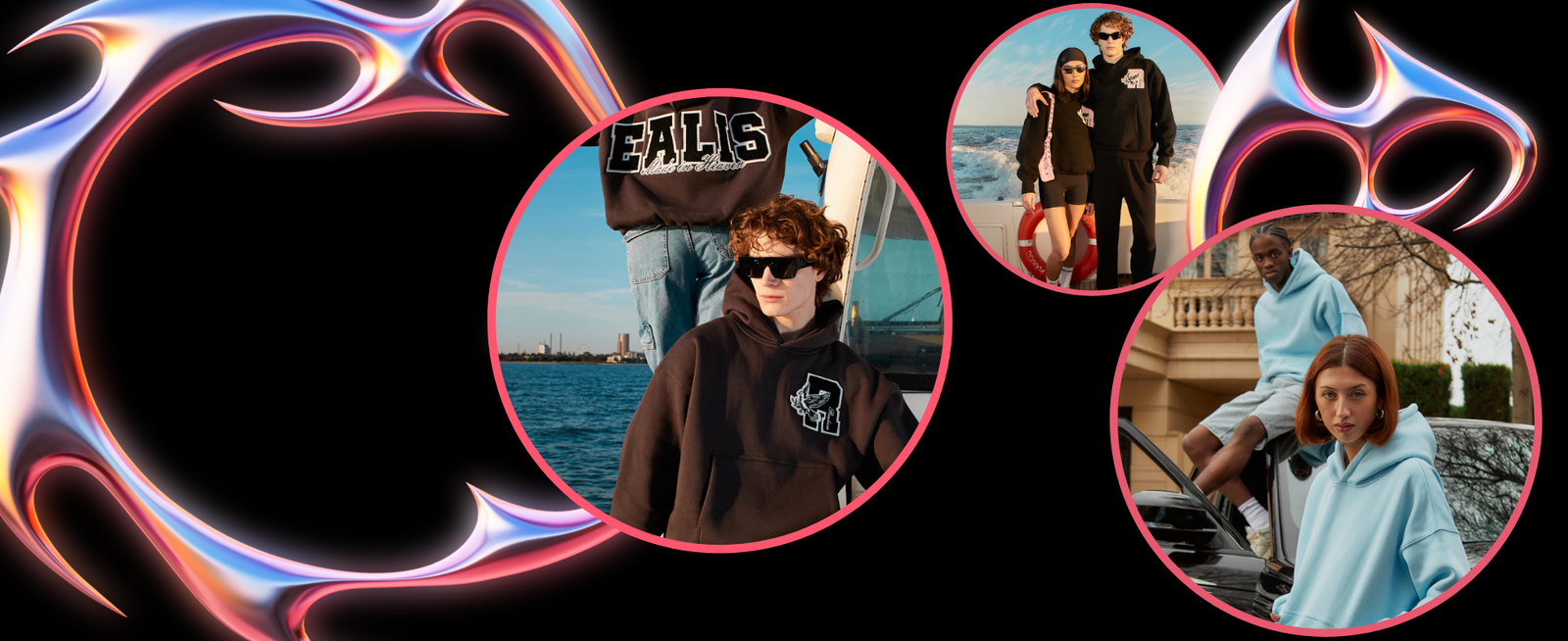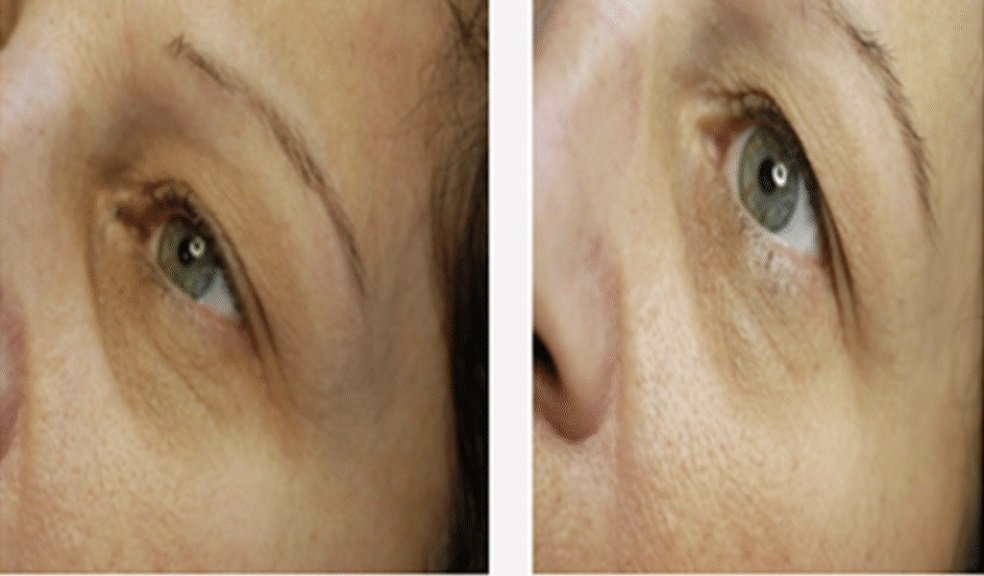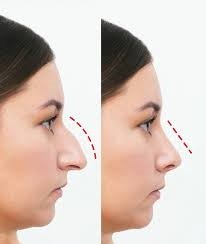Realism Clothing is more than a fashion trend; it is a cultural statement, a creative philosophy, and a social response to the increasingly curated and artificial aesthetics of modern life. Rooted in the broader artistic and literary Realism movement of the 19th century, Realism Clothing challenges the illusions and hyper-stylization of mainstream fashion by embracing authenticity, rawness, and everyday human experience. Whether in terms of fabric choices, silhouettes, branding, or storytelling, the essence of Realism Clothing lies in portraying life as it truly is—without filters.
Origins of Realism in Art and its Influence on Fashion
To understand Realism hoodie, it is important to understand the historical roots of the Realism movement itself. Emerging in France in the mid-1800s as a reaction to the exaggerated emotions and grandiosity of Romanticism, Realism in art aimed to depict everyday scenes, working-class lives, and ordinary people with unvarnished truth. Artists like Gustave Courbet and Jean-François Millet chose peasants over princes, manual labor over myth, and mundane reality over idealized beauty.
This philosophical foundation eventually made its way into other disciplines—including fashion. Where traditional fashion often served to elevate, dramatize, or mystify, Realism Clothing seeks to democratize and humanize. It does not aim to construct an image that’s far removed from reality, but rather to reflect people as they are—in their struggles, hopes, and quiet strength.
Defining Features of Realism Clothing
Realism Clothing can be understood through several key attributes:
1. Function Over Fantasy
In Realism Clothing, utility and practicality are prioritized over flamboyance. This might manifest as simple cuts, durable fabrics, and designs that support everyday wear rather than catwalk theatrics. The goal is not to dress for spectacle but to clothe for life.
Workwear aesthetics, for instance, are common in Realism Jumper. Denim, canvas, heavy cottons, and wool—materials originally designed for laborers—are reimagined with respect and integrity. These choices honor the dignity of everyday work rather than romanticizing luxury.
2. Muted and Earthy Color Palettes
Colors play a crucial role in establishing tone. Clothing often leans toward subdued palettes—earth tones, neutrals, greys, and washed-out hues. These tones suggest groundedness, stability, and an organic connection to the world. Bright neons and excessive ornamentation are largely avoided, not out of disdain, but because they are often seen as disconnected from the daily realities that seeks to represent.
3. Minimal Branding and Storytelling Through Fabric
Where mainstream fashion leans on logos and loud branding to assert status, tends to strip things down. Labels may be subtle or entirely absent, allowing the craftsmanship, texture, and purpose of the garment to speak for itself.
Instead of marketing based on illusion or unattainable aspiration, Clothing brands often tell stories of process—highlighting the artisans, the communities, or the social realities behind their garments. Transparency in manufacturing, sustainable practices, and ethically sourced materials frequently accompany this style.
4. Emotional and Societal Resonance
Another striking quality of Realism Clothing is its emotional depth. It often channels the wearer’s inner world—resilience, vulnerability, struggle, and authenticity. The clothing feels lived-in and personal. In this sense, Realism Clothing intersects with movements like normcore or anti-fashion, but with more philosophical weight.
It’s not uncommon for brands embracing this ethos to draw attention to issues like mental health, working-class identity, or cultural history. The clothes become a medium for social commentary and collective memory.
Realism Clothing in Modern Culture
Today’s Realism Clothing movement finds itself flourishing in both independent streetwear scenes and high-end experimental fashion. Brands embracing this aesthetic may not always call themselves “Realist,” but their work speaks to the values outlined above.
Young designers are turning away from the overly polished, hyper-curated fashion world that dominates social media. Instead, they are offering garments that look comfortable, imperfect, and even slightly worn—because they reflect lived experience. Clothing lines that use recycled materials, emphasize slow fashion, or center on working-class storytelling are all part of this cultural undercurrent.
Even photography and marketing materials reflect Realism ideals. Campaigns often feature non-professional models, natural lighting, and urban or rural backdrops that feel intimate and unscripted. These images are not about fantasy—they are about identification, humanity, and presence.
Realism Clothing and Sustainability
One of the natural extensions of Realism Clothing is its compatibility with sustainable fashion. Mass production and consumerism are antithetical to the Realist ethos. Instead, Realism Clothing often aligns with:
- Slow fashion principles (fewer, better-made garments)
- Local production and community-based workshops
- Repair, reuse, and recycle models
These values support the idea that fashion should reflect reality—not just the aesthetic reality, but also the ecological and economic truths of the world we live in.
Realism Clothing and Personal Identity
At its heart, Realism Clothing is about identity. It rejects the illusion of perfection. It embraces scars, simplicity, and quiet strength. For wearers, it’s about comfort in one’s own story, a refusal to dress according to someone else’s fantasy. It gives space to vulnerability without making it a trend, and it allows people to find dignity in what’s real.
In a world where people are increasingly exhausted by constant performance—online and offline—Realism Clothing offers refuge. It is a clothing philosophy that affirms: you are enough as you are.
Conclusion
Realism Clothing is not about rejecting beauty, but about redefining it. It is beauty found in honesty, in imperfection, and in purpose. It reflects a growing desire to live more genuinely in a world full of noise and spectacle. As fashion continues to evolve, Realism Clothing stands as a quiet yet powerful countercurrent—reminding us that style is not just about what we wear, but how we live, and what we value.
















Leave a Reply